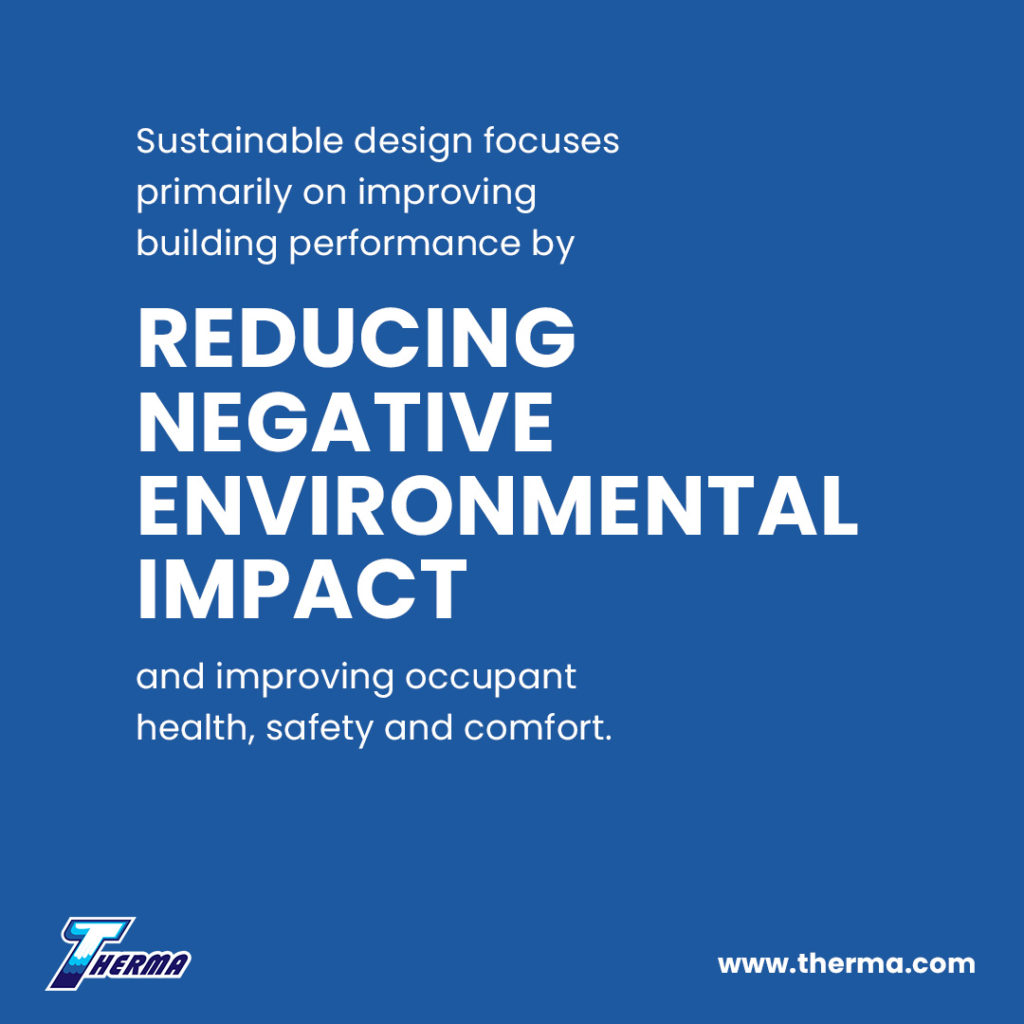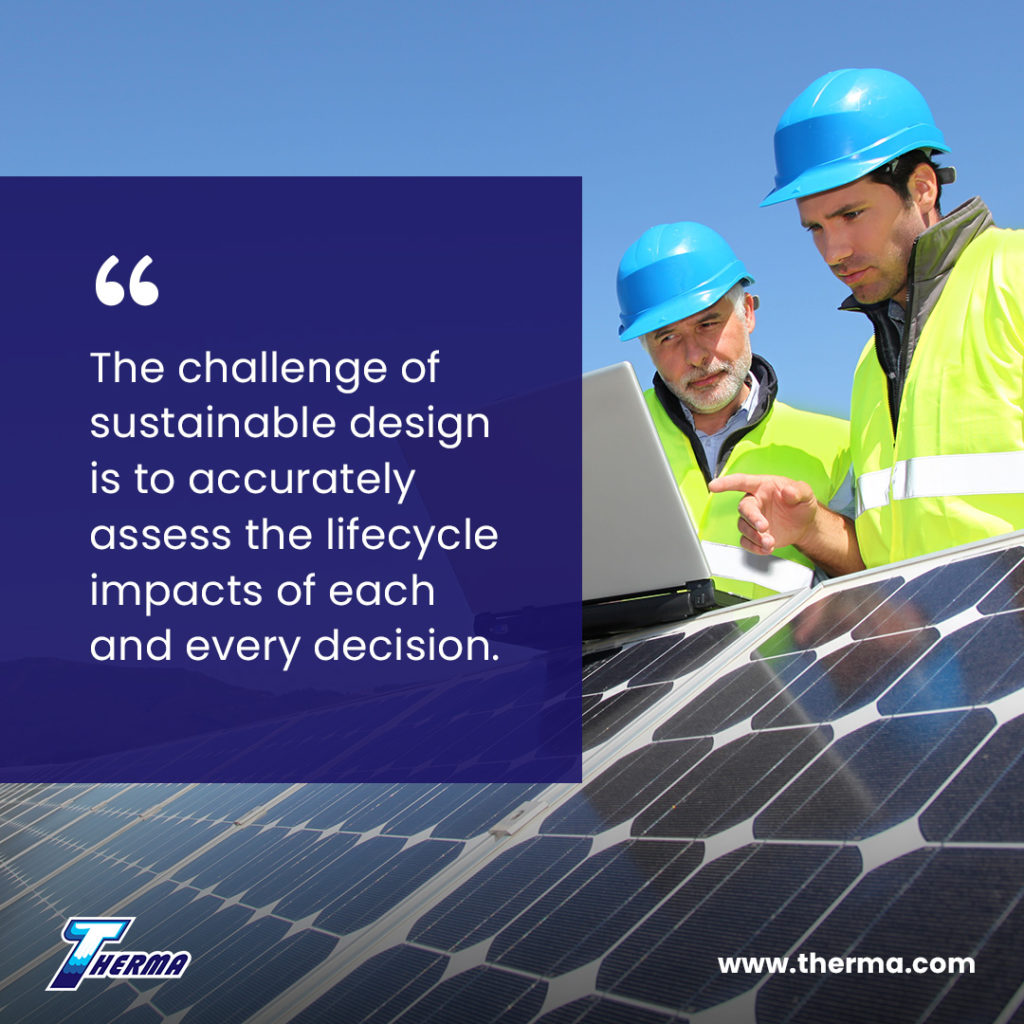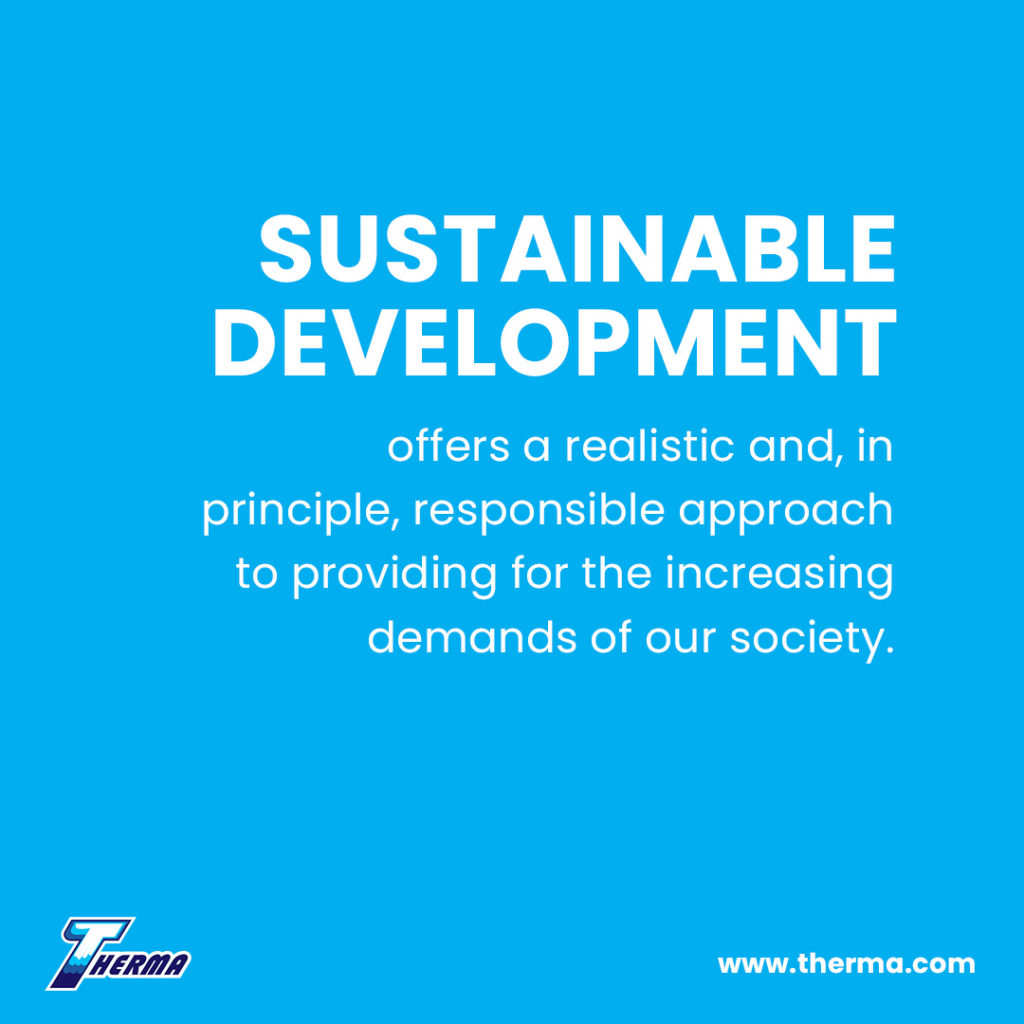Sustainable development represents a necessary ideal of the modern world: how do we continue the trajectory of continuous socio-economic growth without depleting or damaging the resources that allow us to do so? In order to achieve sustainable development it is of course necessary to design for sustainability.
What Is Sustainable Design?
Sustainable development is defined as development that meets the needs of the present, without compromising the ability of future generations to meet their own needs. This holistic approach to modern development attempts to maintain ongoing economic growth and social development without exceeding the constraints of the supporting environment and causing irreversible damage. By carefully considering the three elements of economics, social impact and the environment, sustainable development offers a realistic and, in principle, responsible approach to providing for the increasing demands of our society.
Sustainable Design
Sustainable design is the principle of designing for sustainable development. In the built environment, sustainable design focuses primarily on improving building performance by reducing negative environmental impact and improving occupant health, safety and comfort without decreasing profitability.

Sustainable design is an integrated lifecycle approach to design that involves making decisions that attempt to ensure a balance between maintaining financial success, meeting societal needs and minimizing environmental impact throughout the lifespan of a building.
Minimizing environmental impact is typically achieved through careful selection of location, optimum utilization of space, reducing dependence on non-renewable resources (typically energy but also building materials), reducing water consumption and reducing waste generation. The societal needs of the building are centered on creating and maintaining a safe, healthy and comfortable interior environment. Climate control thus plays an important part in meeting the societal needs of any building and, as a major consumer of energy in the built environment, requires careful consideration in its design for minimum environmental impact.
Meeting the societal needs of a building while minimizing environmental impact typically results in increased capital, and sometimes operational cost. The challenge of sustainable design is to accurately assess the lifecycle impacts of each and every decision regarding the often competing tenets of sustainable development.

For example, making provision for capturing solar or wind energy requires additional infrastructure with an associated capital cost. Ultimately however, reduced electricity costs may result in a lower total lifecycle cost for a building. In a similar manner, operating and maintaining sophisticated heating, ventilation and air-conditioning (HVAC) systems costs money but people working in an optimized environment are likely to be more effective and subsequently such systems may result in increased earnings for the building.
Is Sustainable Design Necessary?
That the pursuit of continuous economic growth and has a major impact on our environment and society is not in question. Globally there is increased awareness of the need for sustainable development and the principles of sustainable development are finding their way into national and international policy. As the human population continues to expand and we all seek to improve our circumstances, creating significant additional demand for resources, it is more essential and necessary than ever that sustainability becomes a key focus of any and all design.
By Michael Owen, PhD
Michael is a mechanical engineer working in academia. His research encompasses various aspects of fluid dynamics and heat transfer with a strong emphasis on industrial heat exchangers.
Sources:
- http://www.sd-commission.org.uk/pages/what-is-sustainable-development.html
- https://www.gsa.gov/real-estate/design-construction/design-excellence/sustainability/sustainable-design
- https://sourceable.net/sustainable-design-what-does-it-really-mean/
- https://theconversation.com/sustainable-design-consumption-and-change-546
- https://www.sciencedirect.com/science/article/pii/S2212827115001560








